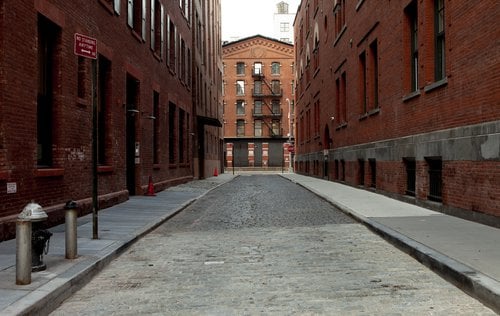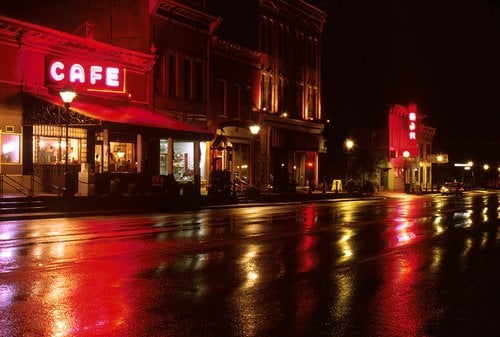Last year a car was stolen every 36 seconds, according to the National Insurance Crime Bureau. Car thefts have been on the rise in the last couple of years, with new data showing a 16.5% increase in car thefts in 2021 compared to 2019. Billions of dollars are lost in personal property each year due to car break-ins.
One big prize for thieves is catalytic converters. The NICB reports that in early 2018, it saw an average of 108 catalytic converter thefts per month. By January 2020, that number had jumped to 652 cases per month, and then it soared to 2,347 in December of that year. Catalytic converter thefts continue to rise due to the increasing value of precious metal.
There are many precautions you can take to protect your car, but let's start with parking. After all, there are far more petty criminals looking for a quick win than there are carjackers, so your car is most at risk when you are not with it. Which places should you avoid parking your car to prevent theft?






